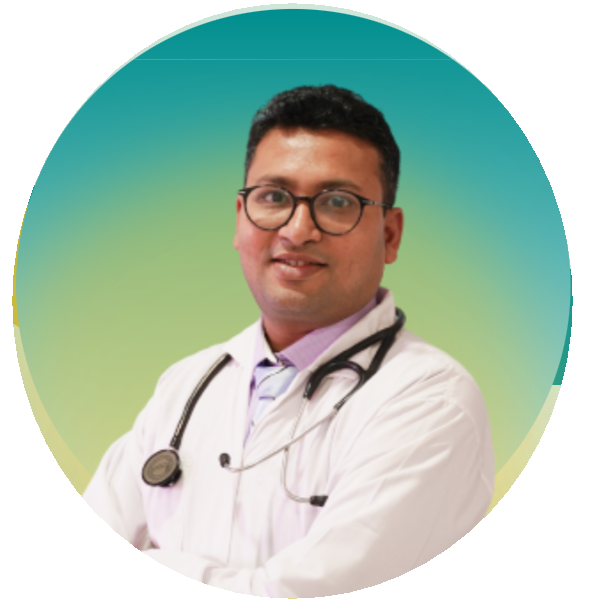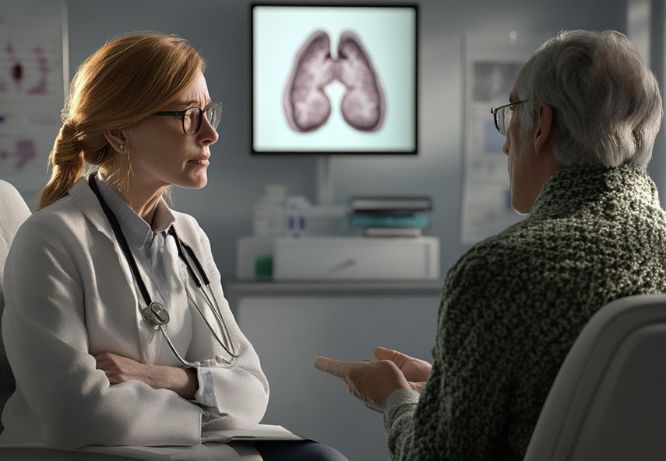Lung cancer can be a bit confusing, especially if you don’t know much about it. But don’t worry! We’re going to break it down into simple parts so everyone, including kids, can understand. We’ll talk about what lung cancer is, its stages, and how doctors treat it.
What Is Lung Cancer?
Lung cancer starts in the lungs, the parts of our body that help us breathe. Our lungs are like big sponges inside our chest that take in air and give us oxygen. Sometimes, cells in the lungs don’t behave properly and start growing out of control. These extra cells can form a lump, called a tumor, and this is what we call lung cancer.
The Stages of Lung Cancer
Doctors divide lung cancer into stages to understand how serious it is and how it has spread. There are four main stages of lung cancer:
- Stage 1: This is the earliest stage. The cancer is small and only in one part of the lung. It hasn’t spread to other parts of the body.
- Stage 2: In this stage, the cancer might be a bit bigger or have spread to nearby lymph nodes (tiny glands that help fight infections).
- Stage 3: The cancer has grown more and might have spread to the lymph nodes in the chest or nearby areas. It can be harder to treat now.
- Stage 4: This is the most advanced stage. The cancer has spread to other parts of the body, like the bones, liver, or brain. This stage is also called metastatic lung cancer.
Treatment for Lung Cancer
The treatment for lung cancer depends on the stage and where the cancer is. Here’s how doctors might treat it:
- Stage 1 and 2 Treatments:
- Surgery: The doctor might take out the cancerous part of the lung or the whole lung if needed. This is often the best option for early-stage cancer.
- Radiation Therapy: This uses high-energy rays to kill cancer cells. It’s like a super-powerful X-ray that targets cancer.
- Chemotherapy: This uses medicine to kill cancer cells. It can be given as pills or through a needle.
- Stage 3 Treatments:
- Chemotherapy and Radiation: Doctors might use both of these treatments to help get rid of cancer cells that might be left after surgery or to treat cancer that can’t be operated on.
- Targeted Therapy: This is a special kind of medicine that targets specific parts of cancer cells to stop them from growing.
- Stage 4 Treatments:
- Targeted Therapy and Immunotherapy: These are advanced treatments that help the body fight cancer more effectively. Targeted therapy focuses on cancer cells, while immunotherapy helps the immune system attack cancer.
- Palliative Care: This helps improve the quality of life for patients. It focuses on relieving symptoms like pain and helping patients feel better.
Cancer Treatment for Advanced Stage Cancer in Ahmedabad
If someone has advanced lung cancer, like Stage 4 cancer, they might need specialized treatment. In Ahmedabad, doctors like Dr. Vikesh Shah are experienced in providing care for advanced cancer stages. They offer treatments that can help manage symptoms and improve quality of life.
Dr. Vikesh Shah and his team provide a variety of advanced cancer treatments in Ahmedabad. They work hard to make sure patients get the best care possible, even if the cancer is very advanced.
Why It’s Important to See a Doctor Early
Seeing a doctor as soon as possible can make a big difference. If lung cancer is caught early, it’s often easier to treat. That’s why it’s important to see a doctor if someone has symptoms like a persistent cough, trouble breathing, or weight loss.
How to Support Someone with Lung Cancer
If you know someone with lung cancer, you can help by being supportive. Listen to them, offer to help with everyday tasks, and encourage them to follow their doctor’s advice. It’s important for them to know they’re not alone.
Conclusion
Lung cancer is a serious disease, but doctors have many ways to treat it. Understanding the stages of lung cancer helps us know what to expect and how to manage the disease. For advanced stage cancer, such as Stage 4 cancer treatment in Ahmedabad with specialists like Dr. Vikesh Shah.
If you or someone you know might have lung cancer, it’s important to see a doctor and talk about the best treatment options. Remember, doctors are there to help and provide the best care possible to manage the disease and improve quality of life.

